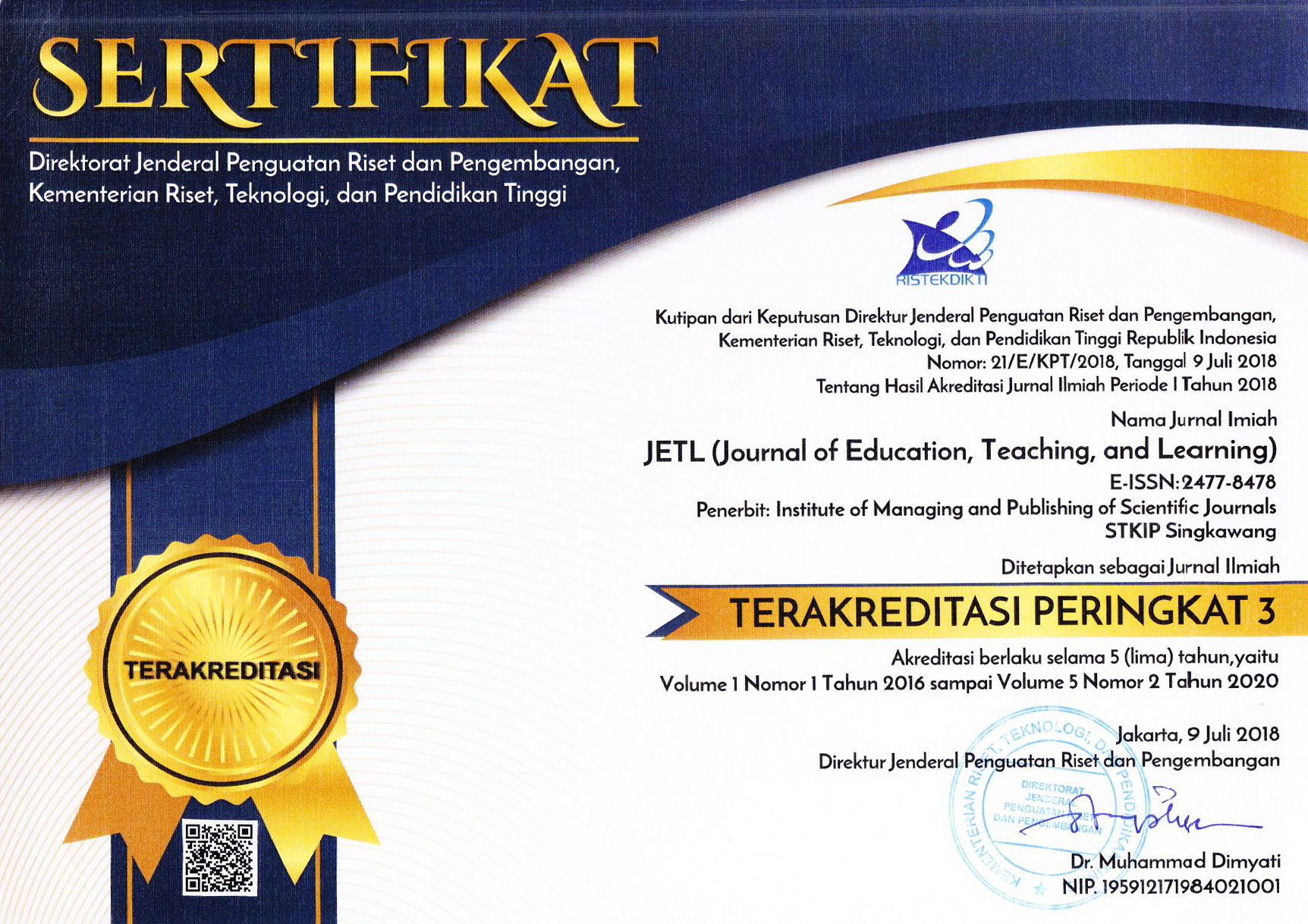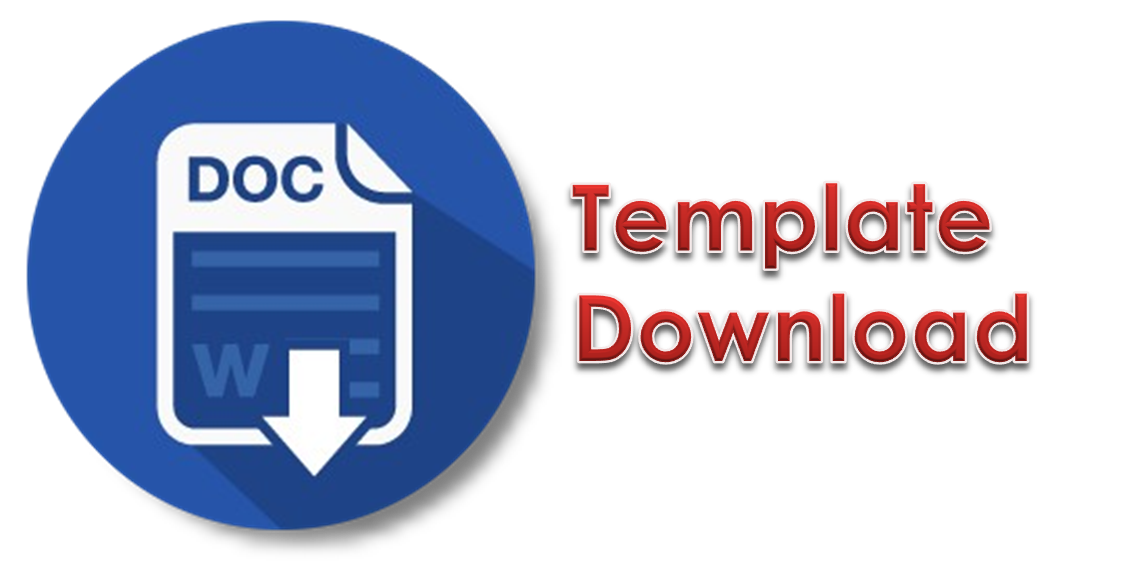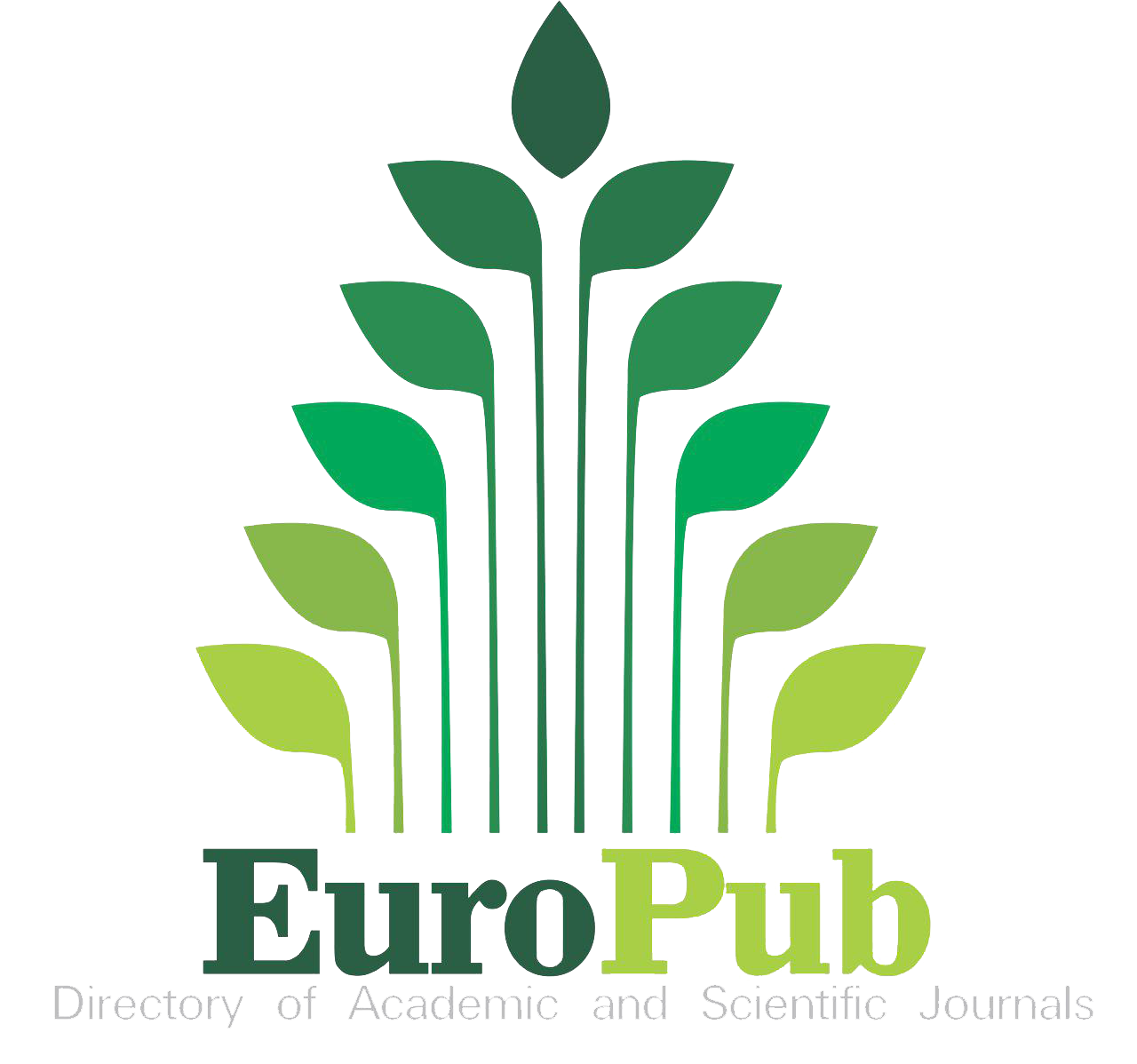Effect of head teachers support for teachers professional development on inclusive education implementation
Abstract
The study investigated the effect of head teachers’ support for teachers’ professional development on inclusive education implementation. Bartalanffy (1969) open systems advocates for head teachers to utilize management initiatives with partnerships to implement inclusive education. Descriptive survey was applied, and Chi-square tested the null hypothesis. Questionnaires were administered to 71 head teachers and 297 teachers, supplemented by document analysis. Interview was used on eight Quality Assurance Standards Officers (QASOs) and four Education Assessment Resource Centre Officers (EARCs). Quantitative data was coded and analyzed using descriptive statistics, and presented in frequency tables and bar graphs. Qualitative data was coded, transcribed and presented in narrative form. Both quantitative and qualitative data findings were discussed in juxtaposition with confirming or refuting the research evidence, and reinforcing the interpretation. The Chi-square results established that there was relationship between head teachers’ support for teachers’ professional development with inclusive education implementation. However, majority of head teachers and teachers lacked specialized skills in assessment of diverse learners, 77.5% and 80.5%; behaviour management, 74.7% and 79.1%; differentiated teaching, 80.3% and 81.1%, derailing teachers’ productivity and learners’ performance. Therefore, it was recommended that head teachers in collaboration with multi-agencies facilitate teachers’ inclusive education training in order to effectively implement inclusive education.
Keywords
Full Text:
PDFReferences
Aniscow, C.(2003).Inclusive education practices. London: Sage
Ainscow, M., Booth, T. & Dyson, A. (2006). Inclusive and standards agenda: negotiating policy pressures in England. International Journal of Inclusive Education, 10(4), 295-308.
Baker, T.I. (1994). Doing social research. (2nd ed.). New York: McGraw-Hill
Bartalanffy, L.V. (1969). General system theory. New York: George Brazillier
Barton, P.E. (2003). Parsing the achievement gap: baselines for tracking progress. Washington DC: Princeton NJ.
Best, J. W., & Kahn, J. V. (2006). Research in education (10th ed.). Upper Saddle River, NJ: Pearson Education, Inc.
Billingham, S., Whitehead, A.L. and Julious, S.A. (2013). An audit of sample Sizes for pilot and feasibility trials. United Kingdom Clinical Research Network Database, BMC Medical Research Methodology, 13 (104), 1-6.
Buhere, P., & Ochieng, P. (2013). Usage of selected resources for inclusive education in mainstream primary schools: Issues and challenges from a Kenyan perspective. Problemsm of Management in the 21st Century, 8, 16-24
Causton, J., & Theoharis, G. (2014). The principal’s handbook for leading inclusive schools. Baltimore, MD: Paul H. Brookes Publishing Co.
Creswell, J.W. (2012). Educational research: planning, conducting and evaluating quantitative and qualitative research. (4th ed.). London: Pearson Research.
Crispel, D. and Kasperski, R. (2019). The impact of teachers training in special education on the implementation of inclusive education in mainstreamed classrooms. Journal of Education, 1-12. Routledge Taylor and Francis Group
DOI: 10.1080/13603116.2019.1600590
Cronbach, L.R. (1970). Essentials of psychological testing. (3rd ed.). New York: Harper & Row.
Department for International Development (2015). Accessing inclusive education for children with disabilities in Kenya:global campaign for education. United Kingdom: DFID
UK.
Forlin, C. (2004). Promoting inclusivity in Western Australian Schools. International Journal of Inclusive Education, 8(2), 185-202.
Gaad, E., & Lavina, K. (2007). Primary mainstream teachers’ attitudes towards inclusion of students with special educational needs in the private sector: a perspective from Dubai. International Journal of Special Education, 22(2), 95-109.
Gathumbi, A., Ayot, H., Kimemia, J. and Ondigi, S. (2015). Teachers and school administrators preparedness in handling students with special needs in Kenya. Journal of Education and Practice, vol.6(24),129-138.
Handicap International (2013).Inclusive education in Kenya assessment report. Policy paper on inclusive education in Kibera & Dandora. Nairobi.
Hayes, A.M. and Bulat, J. (2017). Disabilities inclusive education systems and policies guide for low and middle income countries. New York: RTI Press Publication.
Hoppey, D., & McLeskey, J. (2013). A case study of principal leadership in an effective inclusive school. Journal of Special Education,45,245-256
Hornby, G. (2010). Supporting parents and families in the development of inclusive education in confronting obstacles to inclusion. London: Routledge.
Hsien, M.P, Brown, M., & Bortoli, A. (2009). Teacher qualifications and attitudes toward inclusion. Australasian Journal of Special Education,33(1),
Irungu, J.M. (2014). Influence of head teacher leadership development on implementation of inclusive education in public primary schools in Kiambu County, Kenya [Unpublished PhD Thesis]. University of Nairobi.
Juma, S. and Malasi, F. (2018). The role of EARC in promoting inclusive education in Kenya. International Journal of Science and Research. Vol.7(1), 885-889.
KISE (2018). The National Survey on Children with Disabilities and Special Needs. Nairobi.
Magnusson, L.& Ramstrand, N.(2009). Prosthetist/orthotist educational experience and professional development in Pakistan. Disability and Rehabilitation: Assistive Technology. 4(6):385-92. 73.
Mariga, L., McConkey, R. & Myezwa, H. (2014). Inclusive education in low-income countries: a resource book for teacher-educators, parents, trainers and community development workers. Cape Town: Atlas Alliance and Disability Innovations Africa.
Meenakshi, S., Anke de Boer, and Sip, J.P. (2013). Inclusive education in developing countries: a closer look at its implementation in the last 10 years. Umang, Jaipur Indian.Routeledge.TaylorandFrancisGroup. http://dx.doi.org/10.1080/00131911.2013.847061
Merita, P. and Tirana. (2017). Inclusive education for children with special education needs in Albania best practices. Tirane: Albania Italian Agency of Co-operation for Development.
Mugambi, M. (2017). Approaches to inclusive education and implications for curriculum theory and practice. International Journal of Humanities Social Sciences and Education, vol.4 (10), 92-106.
Nairobi City County. (2015). Taskforce education report. Nairobi.
Odongo, G. and Davidson, R. (2016). Examining the attitudes and concerns of the Kenyan teachers towards the inclusion of children with disabilities in the general education classroom: a mixed method study. International Journal of Special Education, 31(2), 1-30.
Pearson, K. (1948). Early statistical papers. Cambridge, England: University Press.
Republic of Kenya. (2018a). Sector policy for learners and trainees with disabilities. Nairobi: Government Printers.
Republic of Kenya. (2014b). National Special Needs Education Survey Report. Nairobi: Government Printers.
Saebones, A. M., Bieler, R. B., Baboo, N., Banham, L., Singal, N., Howgego, C., McClain-Nhlapo, C. V., Riis-Hansen, T. C., & Dansie, G. A. (2015) Towards a disability inclusive education: Background paper for the Oslo Summit on Education for Development. Retrieved September12,2016,fromhttps://www.usaid.gov/sites/default/files/documents/1865/Oslo_Ed_Summit_ DisabilityInclusive_Ed.pdf
UNICEF. (2015). Assistive technology for children with disabilities:creating opportunities for education, inclusion and participation. Geneva: WHO.
Valeo, A. (2008). Inclusive education support systems: teacher and administrator views. International Journal of Special Education, 23 (2), 8-16.
Villa, R. A., P. M. Van Le Tac, S. Muc, N. T. M. Ryan, C. Weill Thuy, and J. S. Thousand. (2003). Inclusion in Vietnam: more than a decade of implementation. Research & practice for persons with severe disabilities 28 (1): 23–32.Wehbi.
Westwood, P.(2007). Common sense methods of children with special needs: strategies for regular classroom. London: Routledge Flamer
World Health Organization. (2012, June 19 ). Assistive devices/ technologies: what WHO is doing. Availablefromhttp://www.who.int/disabilities/technology/ activities/en/#.
World Health Organization (2008). Guidelines on the provision of manual wheelchairs in less-resourced settings. Geneva.
DOI: http://dx.doi.org/10.26737/jetl.v6i1.2405
Refbacks
- There are currently no refbacks.

This work is licensed under a Creative Commons Attribution-NonCommercial 4.0 International License.
Published by:
Institute of Managing and Publishing of Scientific Journals STKIP Singkawang
Sekolah Tinggi Keguruan dan Ilmu Pendidikan (STKIP) Singkawang
Address : STKIP Singkawang, Jalan STKIP - Kelurahan Naram Singkawang, Kalimantan Barat, INDONESIA, 79251
No. Telp. : +62562 420 0344
No. Fax. : +62562 420 0584
JETL (Journal of Education, Teaching, and Learning)
e-ISSN : 2477-8478
p-ISSN : 2477-5924

Editor in Chief Contact: [email protected] / Wa: +6282142072788
Publisher Contact: [email protected] / Wa: +6282142072788
Management Tools
JETL Indexed by:
JETL (Journal of Education, Teaching, and Learning) is licensed under a Creative Commons Attribution-NonCommercial 4.0 International License.











